|
|
|
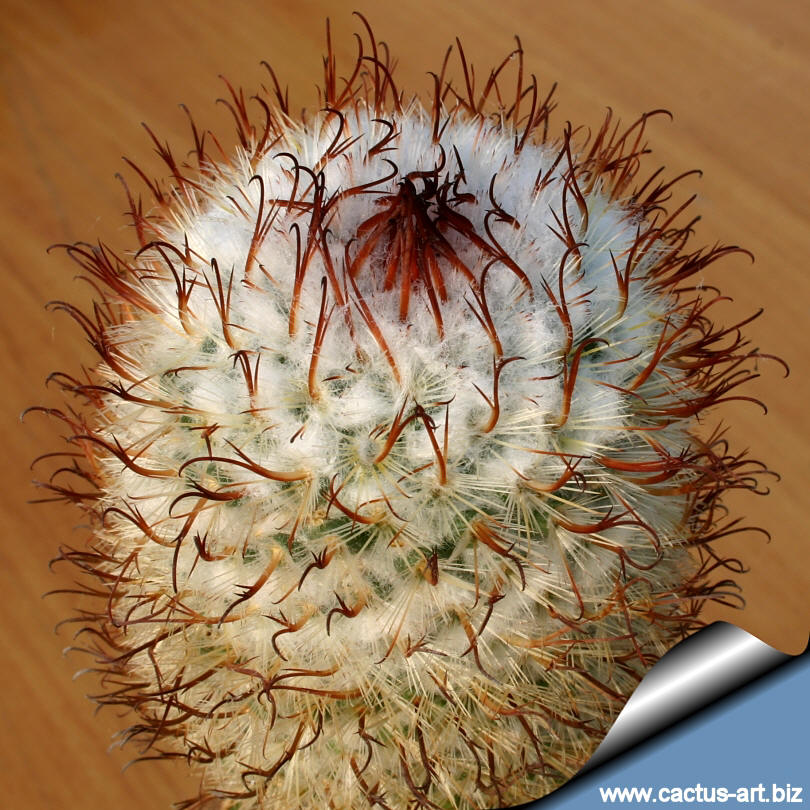
This very rare
cultivar has unique "Split spines". This is an exclusive
feature never seen in other cacti.
|
|
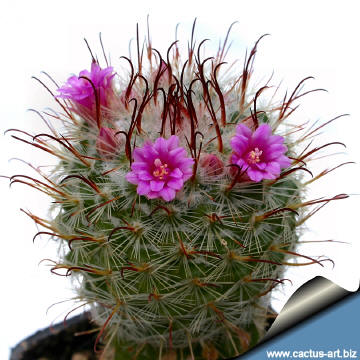 |
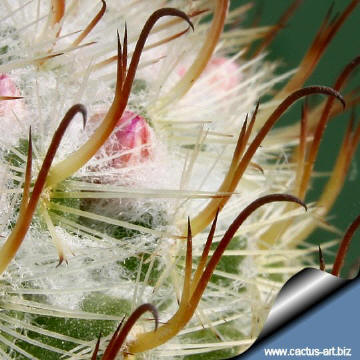
|
|
. |
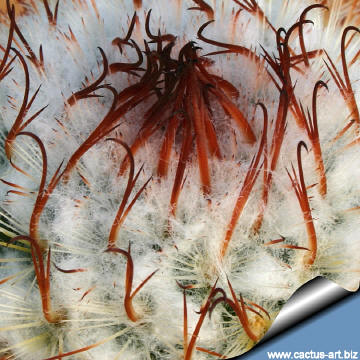 |
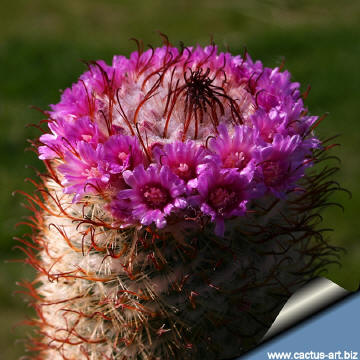 |
|
. |
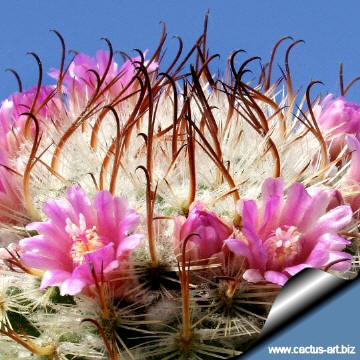 |
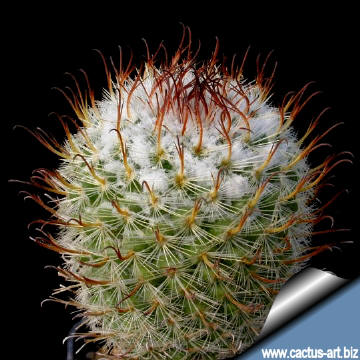 |
|
Advertising
|
|
|
|
|
Family:
Cactaceae Scientific
name: Mammillaria bombycina
First description by Quehl, Monatsschr. Kakteenk. 20: 149 with fig.
(1910)
cv.
Split spines (sometime called cv. Trispina )
Synonyms of M. bombycina:
- Neomammillaria bombycina (Quehl)
Britton and Rose 1923,
- Chilita bombycina (Quehl) Orcutt
1926
- Ebnerella bombycina (Quehl)
Buxbaum 1951
|
|
Description: Plants often form large clumps
up to 80 cm
wide. Stems globose to club shaped, bright green, 7 - 14 cm tall, 5 - 6
cm in diameter. With dense wool and bristles in the axil.
Spines: Central: 3 - 8, yellow with dark reddish brown, straight,
and up to 11 mm long. T he lowermost one
is 20 mm long, split and forms
two accessories with lateral forking.
Radials: 30 - 64, stiff, thin, needle-like,
glassy white to yellowish white, up to 8 mm.
Flower: Funnel-form, bright pink,
up to 15 mm in length and in diameter.
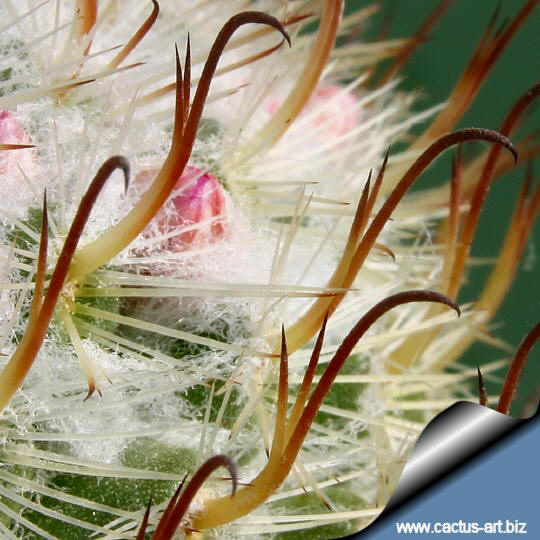
|
|
|
|
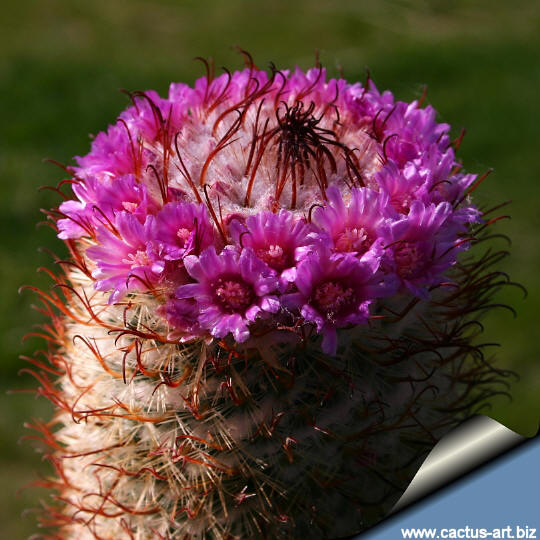
It is an easy bloomer and one
of the easier species to grow, they are the most beautiful when
cultivated in the full sun. |
Cultivation:
Water regularly in summer, but do not over-water (rot prone). Use a pot
with good drainage and a very porous potting media. Keep dry in winter.
Feed with a high potassium fertilizer in summer. It is quite
frost-resistant if kept dry, hardy as low as -5° C (some reports give it
hardy to -12°C). Outside full sun or afternoon shade, inside it needs
bright light, and some direct sun.
Propagation: Grafting, division of larger clumps.
Photo of conspecific taxa, varieties, forms and
cultivars of Mammillaria bombycina.

 |
|